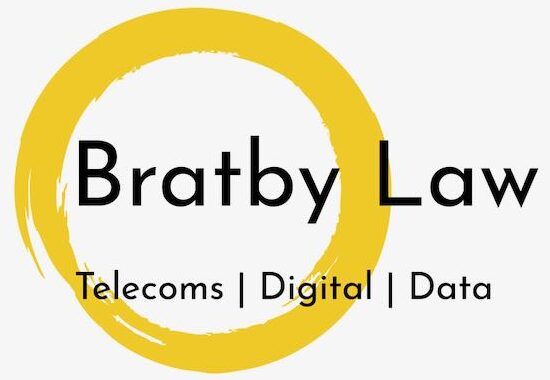Ofcom yesterday started a consultation on the rules for a proposed auction of 250 MHz of spectrum in the 800 MHz (aka ‘digital dividend’) band and 2.6 GHz band in the first half of 2012. This is equivalent to 75% of existing mobile spectrum.
Whilst widely reported in the press as a ‘4G’ auction, apart from a proposed requirement in one of the 800 MHz lots of a 95% mobile broadband service obligation, there is no proposed technical use restriction or obligation to roll out LTE contained within Ofcom’s proposals.
Readers will recall the Watcher’s worry when Government published the Direction to Ofcom to carry out these auctions that the process was open to delay by means of litigation. Nothing in yesterday’s consultation allays that fear – if parties were to want to delay the auction there is sufficient material within the proposals to mount an arguable challenge. However, this seems to me to be a very high stakes real-life example of the prisoner’s dilemma, and I can only hope that the real gains to be made by all parties (and the UK) from not delaying the auction will outweigh the potential relative advantages that could be gained by challenges by individual players.
For those who are interested, the legal constraints upon Ofcom are helpfully set out in Section 3 of the consultation, from which I would highlight Article 9 of the Framework Directive, which requires that:
‘spectrum allocation … based on objective, transparent, non-discriminatory and proportionate criteria.’
The consultation covers a number of areas, which are summarised below.
Mobile competition assessment
The first substantive section of the Consultation considers the state of competition in the UK mobile market, then goes on to consider what actions should be taken in the context of the auction to promote competition. Building on Ofcom’s December 2009 Mobile Sector Assessment, Ofcom conclude that an open auction would risk future competition, particularly at the wholesale level, and therefore propose two measures:
- floors which are designed to ensure that at least four bidders will obtain a sufficient amount of spectrum to be able to operate as (at least) a credible national wholesale mobile network; and
- safeguard caps designed to ensure that no one operator can obtain significantly more spectrum than their competitors. The proposed caps being consulted on are 2 x 27.5 MHz of sub-1GHz spectrum and 2x 105 MHz of mobile spectrum in total.
How to secure adequate mobile coverage
Ofcom want to ensure that there is a minimum coverage level, but feel that it is not proportionate to include coverage obligations in all licences. They are therefore proposing that only one 800 MHz lot will have a coverage obligation – no doubt that obligation will be reflected in a lower auction price. The proposed coverage obligation will be to:
- deploy an electronic communications network that is capable of providing mobile electronic communications services;
- with a sustained downlink speed or not less than 2MBits/s;
- with a 90% probability of indoor reception; and
- to an area within which at least 95% of the UK’s population lives.
For those with long memories, this proposal directly picks up on one of the previous Government’s Digital Britain proposals.
Design of combined award
Ofcom propose a combinatorial clock auction with generic lots for bidders to aggregate, so I predict plenty of work for the various economics consultancies on auction strategy.
Generic lots will comprise:
- various categories of 2 x 5 MHz lots in 800 MHz band;
- a single category of 2 x 10 MHz lots in 2.6 GHz band for individual high power use; and
- a potential category for low-power use by concurrent licensees in 2.6GHz band.
Licence conditions
Ofcom will consult separately on technical licence conditions. So far as non-technical conditions are concerned they propose that the licences will:
- be UK wide;
- be technology and service neutral;
- permit spectrum trading;
- be of indefinite duration, with very limited powers for Ofcom to revoke during the first twenty years; and
- contain an obligation on licensees to provide Ofcom with usage information.
Setting existing 900 and 1800 MHz fees post-auction
Ofcom propose to use the auction prices as the basis for revised fees for existing 900 and 1800 MHz licences.
Next steps
The consultation closes on 31 May 2011, and Ofcom will hold a series of meetings and workshops whilst the consultation is open. In parallel, Ofcom plan to publish proposals which will deal with protection of adjacent DTT spectrum and on the technical conditions relating to the auctioned spectrum.
Ofcom expect to reach a decision in the autumn and to proceed to auction as soon as possible thereafter – likely in 2012.
